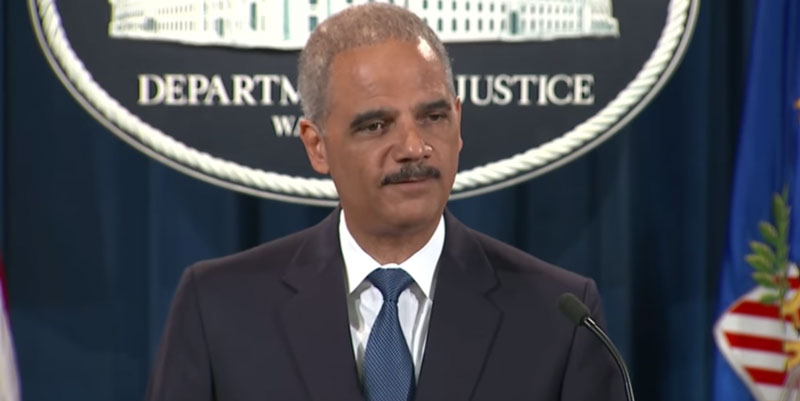Five years ago last Monday, the U.S. Supreme Court declared in Shelby County, Alabama v. Holder that the Section 4 formula of the Voting Rights Act is unconstitutional, due to its disparate treatment of states on a basis of old data.
The court’s opinion made clear that Section 5 of the Act – which required those states and jurisdictions outlined by Section 4 to obtain ‘preclearance’ via federal approval before altering voting laws – is constitutional, while the Section 4 formula informing which jurisdictions require preclearance is not.
That decision functionally ended preclearance, resulting in fierce pushback from Democrats. Now, states are able to pass and enforce new voting measures, such as photo ID and voter role purgation measures, without a stamp of federal approval, a reality which many believe has prompted more voter suppression.
What the Voting Rights Act did
Following many years of voter suppression, Congress took action to counteract racial discrimination at the polls by passing the Voting Rights Act of 1965.
The act outlawed racial discrimination in voting, particularly its manifestation as literacy tests, which had been used to disenfranchise African-Americans and other minorities.
The most important provisions, defined by Sections 4 and 5, required jurisdictions in which less than 50 percent of persons of voting age were registered to vote on November 1, 1964, or less than 50 percent of persons of voting age voted in the presidential election of November 1964, to be cleared by the Department of Justice before enacting any new voting laws.
Based upon the Section 4 formula, all of Alabama, Alaska, Georgia, Louisiana, Mississippi, South Carolina, and Virginia became subject to preclearance requirements. Parts of North Carolina, Hawaii, Arizona, and Idaho also became subject.
The Act required Congress to reauthorize Section 4 and 5 in five years, which it did in 1970.
The Section 4 formula was then expanded, which subjected jurisdictions in Alaska, Arizona, California, Connecticut, Idaho, Maine, Massachusetts, New Hampshire, New York, and Wyoming to preclearance.
The formula was expanded again in its 1975 reauthorization to include parts of California, Florida, Michigan, New York, North Carolina, and South Dakota.
In 1982, Congress extended the 1975 coverage formula for 25 years, and then did so again in 2006.
Shelby County challenges the law: The arguments
The central challenge presented before the court by Shelby County’s chief counsel Bert Rein was that the Section 4 formula reauthorized by Congress in 2006 was a grossly outdated mechanism by which to infringe upon state and jurisdictional sovereignty.
Not primarily the passage of 40 years but the demonstrable improvements in minority voter registration and turnout, Rein argued, rendered the formula irrational.
The dissenting opinion is summed up by Justice Stephen Breyer’s rhetorical question to Rein, who agreed during the oral argument that the formula as defined in 1965 achieved its aims of diminishing discrimination.
“It’s an old disease, it’s gotten a lot better, a lot better, but it’s still there,” Justice Breyer said of discrimination. “So if you had a remedy that really helped it work, but it wasn’t totally over, wouldn’t you keep that remedy?”
That remedy, the dissent argued, ought to remain in place because it worked and because Congress authorized it.
Ultimately, the Court decided to strike down the formula, though it allowed for Congress to develop a new one based upon the current realities in states rather than the historical realities.
“When taking such extraordinary steps as subjecting state legislation to preclearance in Washington and applying that regime only to some disfavored states, Congress must ensure that the legislation it passes speaks to current conditions,” Chief Justice John Roberts said in his opinion announcement.
“The coverage formula, unchanged for 40 years plainly does not do so and therefore we have no choice but to find that it violates the constitution,” he said.
@jeremywbeaman is a contributing writer for Yellowhammer News
Don’t miss out! Subscribe today to have Alabama’s leading headlines delivered to your inbox.
